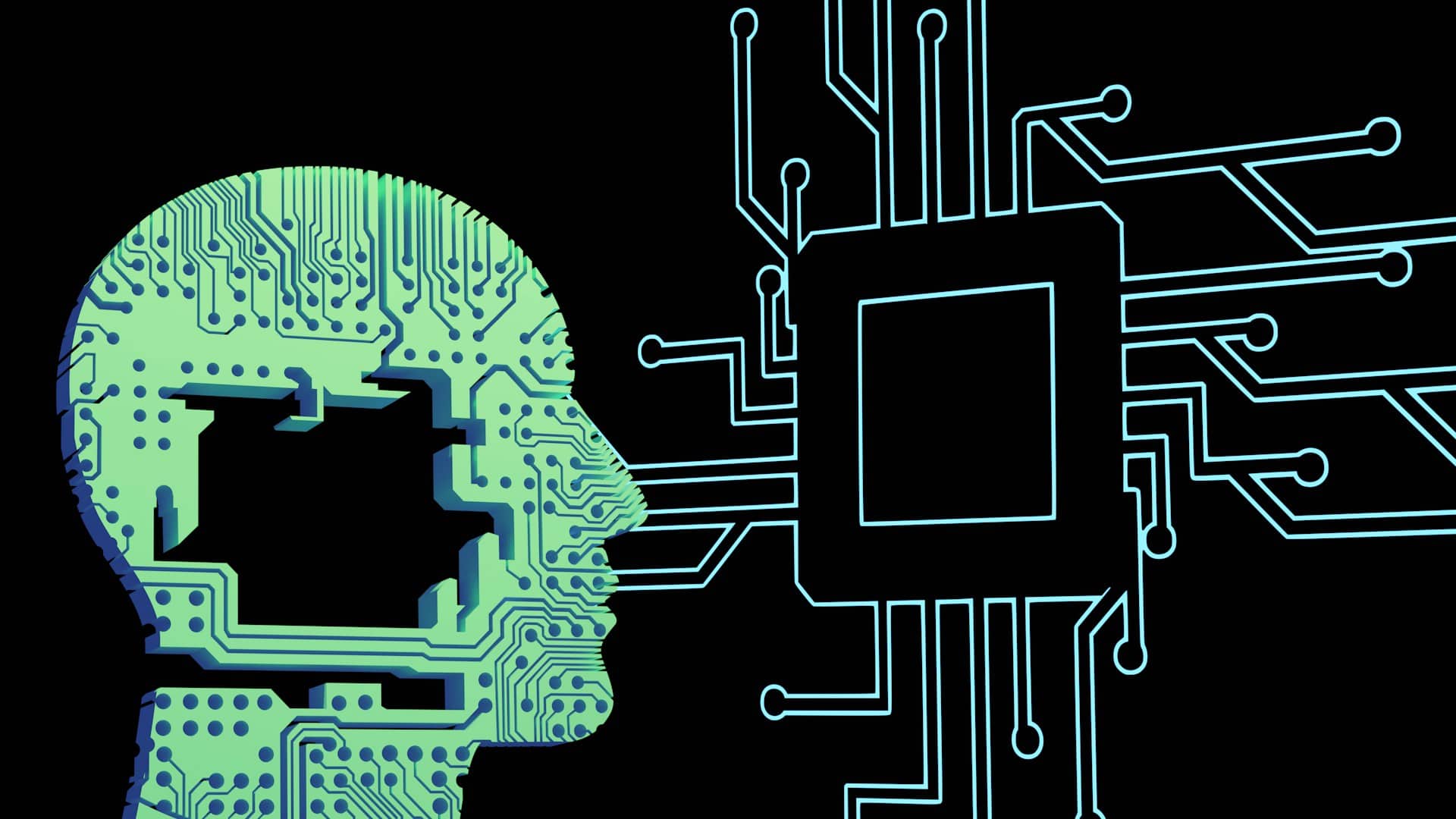
How to use AI for real-time monitoring and optimization of renewable energy systems?
In the evolving landscape of our energy sector, renewable energy sources like solar and wind power have emerged as front-runners. These sources offer sustainable alternatives to fossil fuels, promoting a cleaner environment and improved energy efficiency. However, managing the complexities of renewable energy systems requires innovative solutions. This is where artificial intelligence (AI) can play a pivotal role. By leveraging AI for real-time monitoring and optimization, we ensure that our renewable energy systems operate at their highest potential, maximizing efficiency and minimizing waste.
The Role of AI in Renewable Energy Systems
Artificial Intelligence, with its ability to process large amounts of data and provide actionable insights, is transforming the way we manage renewable energy systems. AI-driven forecasting tools help predict energy generation from various renewable sources, allowing for proactive management and better planning.
Lire également : What are the considerations for building a secure AI-driven chatbot for customer service?
For instance, wind energy and solar power are highly dependent on weather conditions. AI models, using historical and real-time weather data, can predict energy production levels with remarkable accuracy. These predictions enable grid managers to balance supply and demand, ensuring a stable and reliable power supply.
Moreover, AI enhances the efficiency of energy storage systems, which are crucial for mitigating the intermittent nature of renewable energy sources. By optimizing the charge and discharge cycles of batteries, AI ensures that stored energy is used when it's most needed, reducing wastage and improving overall energy efficiency.
Dans le meme genre : Boost your business efficiency with an ai receptionist
Real-Time Monitoring with AI
Real-time monitoring is critical for the effective management of renewable energy systems. AI-powered systems can continuously track various parameters such as weather conditions, energy production, and grid stability. This constant stream of data allows for immediate adjustments to be made, optimizing the operation of energy systems.
For example, AI can monitor the performance of solar panels and wind turbines, detecting anomalies or inefficiencies. If a solar panel's output drops unexpectedly, AI can quickly identify the issue—be it shading, dirt accumulation, or technical faults—and alert maintenance teams to take corrective action. This proactive approach prevents energy losses and extends the lifespan of the equipment.
Moreover, real-time monitoring enables grid management systems to respond to fluctuations in energy production and consumption. AI algorithms can predict spikes in energy demand and adjust power generation accordingly, ensuring a balanced and efficient grid. This dynamic response capability is particularly crucial in preventing blackouts and maintaining a reliable energy supply.
Optimization of Renewable Energy Systems
Optimization is the process of making something as effective and functional as possible. In the context of renewable energy systems, it involves maximizing energy production, minimizing costs, and ensuring the reliability of the energy supply.
AI excels in optimization by analyzing vast amounts of data and identifying patterns that human operators might miss. For instance, machine learning algorithms can optimize the placement of wind turbines to capture the most wind energy or adjust the angle of solar panels to maximize sunlight exposure. These fine-tuned adjustments significantly enhance the overall performance of renewable energy systems.
Furthermore, AI can optimize the energy storage process. By predicting when energy demand is likely to peak, AI can ensure that batteries are adequately charged and ready to supply power during high-demand periods. This not only improves energy efficiency but also reduces the reliance on non-renewable energy sources, promoting a cleaner and more sustainable energy sector.
Integrating AI into Grid Management
Integrating AI into grid management systems is a game-changer for the renewable energy sector. AI algorithms can analyze real-time data from various energy sources and make intelligent decisions to balance the grid. This involves managing the flow of energy from production to consumption, ensuring that supply meets demand at all times.
One of the significant challenges in managing renewable energy sources is their variability. Solar power generation fluctuates with sunlight, and wind power depends on wind speeds. AI can predict these variations and adjust the grid's operations accordingly. For example, during periods of low solar or wind energy production, AI can seamlessly integrate power from other sources or draw on stored energy to maintain grid stability.
Moreover, AI can enhance demand response strategies. By analyzing consumer energy usage patterns, AI can predict when demand will peak and adjust the supply accordingly. This not only improves grid efficiency but also reduces energy costs for consumers, making renewable energy more accessible and affordable.
The Future of AI in Renewable Energy
The integration of AI in the renewable energy sector is still in its early stages, but the potential is immense. As AI technology continues to advance, we can expect even more sophisticated tools for monitoring and optimizing energy systems.
One exciting development is the use of AI for predictive maintenance. By analyzing data from sensors embedded in energy infrastructure, AI can predict when equipment is likely to fail and schedule maintenance before a breakdown occurs. This proactive approach minimizes downtime and extends the lifespan of renewable energy systems.
Moreover, AI can facilitate the transition to a more decentralized energy grid. With the rise of microgrids and community-based energy systems, AI can help manage and coordinate these distributed energy resources, ensuring they operate efficiently and harmoniously within the larger grid.
In conclusion, the use of AI for real-time monitoring and optimization of renewable energy systems is revolutionizing the energy sector. By leveraging AI's capabilities, we can enhance energy efficiency, improve grid stability, and promote the widespread adoption of clean energy sources. As we continue to innovate and integrate AI into our energy systems, we move closer to a sustainable future where renewable energy is the cornerstone of our power generation.
The integration of artificial intelligence in renewable energy systems offers a transformative approach to real-time monitoring and optimization. By utilizing AI's predictive and analytical capabilities, we can enhance the efficiency, reliability, and sustainability of our energy systems. AI-driven solutions enable us to forecast energy production, optimize energy storage, and balance supply and demand, ensuring a stable and efficient grid.
As we look to the future, the potential for AI in the renewable energy sector is immense. From predictive maintenance to decentralized energy grids, AI will continue to drive innovation and improve the way we manage and generate energy. By embracing AI, we can unlock the full potential of renewable energy sources and pave the way for a cleaner, more sustainable future.
The key takeaway for readers is clear: AI is not just a tool but a game-changer in the renewable energy sector. By leveraging the power of artificial intelligence, we can optimize our energy systems, reduce our reliance on fossil fuels, and move towards a more sustainable and efficient energy future.
